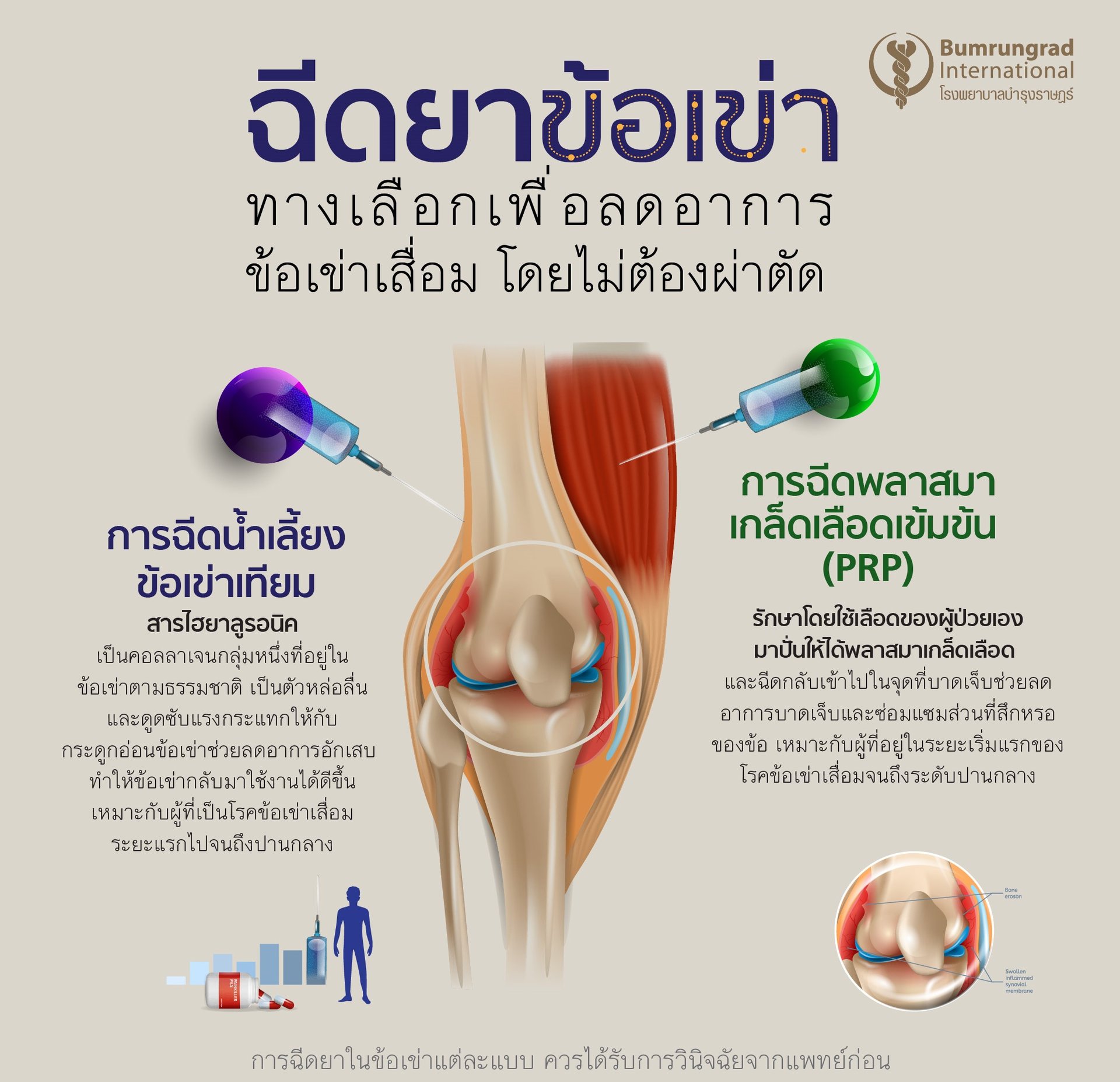Knee osteoporosis is agonizing for those unfortunate enough to develop the condition, because the resulting pain can be severe enough to inhibit a person’s ability to undertake their daily tasks. Fortunately, there are various ways of alleviating the pain and suffering associated with this condition. However, in cases where lifestyle modifications, losing weight, improving dietary choices, and physical therapy have been unsuccessful, knee joint injections are a viable option for those looking to alleviate their symptoms without the need for surgery and the subsequent rehabilitation period.
What is a knee joint injection used to treat knee osteoporosis?
It is a form of treatment used to reduce the pain and inflammation associated with knee osteoporosis. This treatment is classified into the following 2 main forms:
Hyaluronic Acid Injections
Hyaluronic acid is a synthetic joint fluid made from a type of collagen that occurs naturally in knee joints. This fluid acts as a lubricant and shock absorber to reduce wear and tear on bone endings. In patients suffering with knee osteoporosis, the hyaluronic acid naturally found in the joint is severely depleted. Hyaluronic acid injections can replace any fluid that has been lost as a result of the condition. These injections can therefore reduce knee pain and enable greater use of the knee joint, although this form of treatment is only suitable for patients in the early to moderate stage of the condition.
- Stages of treatment: Medical staff begin by injecting the knee with a local anesthetic before administering the hyaluronic acid injections into the desired location. Generally, these injections take place on a weekly basis for 3–5 weeks. However, in some cases, they may be required for up to 6 months.
- Side effects: Patients may experience slight muscular and joint pain in the treated area, although this tends to subside quickly. Additionally, there are other, less common potential side effects, such as bleeding, infection, inflammation, itchiness, swelling, the forming of a lump, or numbness at the injection site.
Platelet-Rich Plasma (PRP) Injections
PRP injections use the patient’s own blood to treat their bone or soft muscle tissue injury by repairing and increasing growth factor levels at the injury site. It is therefore suited to patients where only minor cartilage loss has occurred, and where courses of medication, physical therapy, and steroid injections have been unsuccessful. Said groups should also be in the early to moderate stages of the condition.
- Stages of treatment: Medical staff begin by taking a small blood sample from the patient, from which the platelets and plasma are separated from red blood cells in a centrifuge. The resulting liquid then undergoes further concentration using a centrifuge and photoactivation before it is administered into the injured area of bone or soft muscle tissue. The photoactivation process conducted following the centrifuge stage helps to reduce pain and accelerate recovery.
- Side effects: Some patients may experience swelling at the injection site but this generally disappears within 3 days.
Post-Injection Care
Medical staff will provide various recommendations to patients, including avoiding exercise or strenuous activity for 1–2 days following treatment or until any pain and inflammation has subsided. Patients may also be advised to use a cool compress to reduce any associated symptoms.
Knee joint injections are not suited to everybody and should be exclusively undertaken by specialists trained in the field, who are highly experienced in carrying out such procedures. This is because of the potential risks posed by infection and medicine allergies. Additionally, treatment results differ from case to case, so in patients who have not responded well to injections, doctors may recommend other forms of treatment that may be more suited to their individual needs.

For more information please contact:
Last modify: August 24, 2023